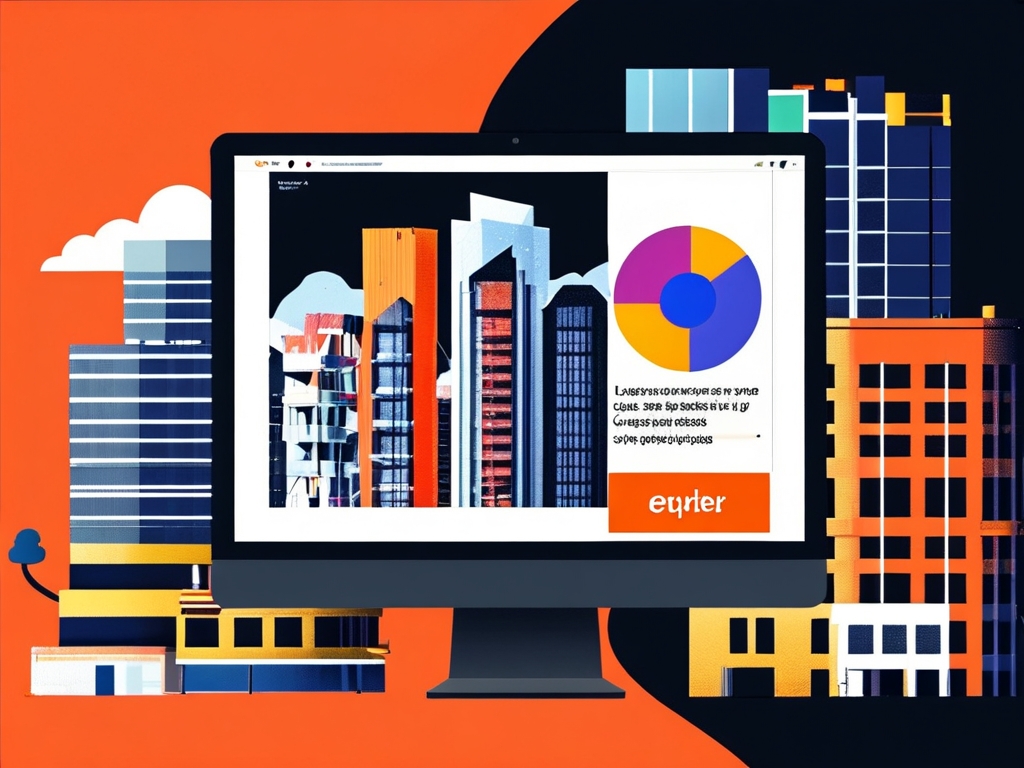In modern software development, seamless collaboration between frontend and backend engineers is critical to delivering robust applications. However, aligning these two domains often poses challenges due to differing priorities, tools, and workflows. This article explores actionable strategies to bridge the gap and ensure smooth project integration.
1. Define Clear Interface Contracts Early
The foundation of successful collaboration lies in establishing API contracts before development begins. Frontend and backend teams should jointly define:
- Endpoint structure: URLs, HTTP methods (GET/POST/PUT/DELETE).
- Request/Response formats: JSON schema, error handling conventions.
- Authentication mechanisms: Token-based (JWT), OAuth, or API keys.
Tools like Swagger/OpenAPI allow teams to document APIs in a standardized format. By sharing a Swagger JSON/YAML file, both sides can generate mock servers (for frontend testing) and client SDKs (for backend validation), reducing dependency delays.
2. Adopt a Contract-First Development Approach
Instead of waiting for backend APIs to be fully built, frontend engineers can use mock data to simulate responses. Tools like Postman Mock Servers or JSON Server enable rapid prototyping. This approach:
- Accelerates UI/UX development.
- Identifies design flaws early (e.g., missing fields).
- Reduces rework by validating assumptions upfront.
Backend teams, meanwhile, can focus on implementing business logic while adhering to the agreed schema.
3. Implement Continuous Integration (CI) Checks
Automated testing ensures compliance with interface contracts throughout the development cycle:
- Frontend: Write unit tests to validate API response parsing.
- Backend: Use integration tests to verify endpoint behavior against the Swagger spec.
- Shared Validation: Tools like Dredd or Schemathesis automatically test APIs against OpenAPI definitions.
Incorporate these tests into CI/CD pipelines (e.g., GitHub Actions, GitLab CI) to catch deviations immediately.
4. Leverage Feature Flags for Parallel Work
When frontend and backend features are developed asynchronously, feature flags (e.g., LaunchDarkly, Unleash) allow teams to:
- Hide incomplete functionalities from end users.
- Enable gradual rollouts.
- Test integrations in staging environments without disrupting main branches.
This minimizes merge conflicts and keeps the main branch deployable at all times.
5. Establish Cross-Team Communication Rituals
Regular sync-ups prevent misalignment:
- Daily Standups: Share progress and blockers.
- API Review Meetings: Discuss edge cases (e.g., pagination, sorting).
- Retrospectives: Refine processes post-sprint.
Use collaboration tools like Slack (for async communication) and Confluence (for centralized documentation).
6. Standardize Data Formats and Error Handling
Inconsistent data structures cause integration headaches. Agree on:
- Date formats: ISO 8601 (e.g.,
2024-01-15T12:00:00Z). - Naming conventions:
snake_casevs.camelCase. - Error responses: Unified HTTP status codes and error message schemas.
{ "error": { "code": "INVALID_EMAIL", "message": "The provided email is malformed." } }
7. Use Versioning for Evolving APIs
When breaking changes are unavoidable, implement API versioning via:
- URL paths (e.g.,
/api/v1/users). - Headers (e.g.,
Accept: application/vnd.myapp.v2+json).
Deprecate older versions gradually and communicate timelines to frontend teams.

8. Monitor and Debug Collaboratively
Post-deployment, use observability tools like Datadog or New Relic to:

- Track API latency and error rates.
- Set up alerts for abnormal patterns.
- Share dashboards between teams for transparency.
For debugging, tools like Postman or Charles Proxy help inspect requests/responses across the stack.
Case Study: E-Commerce Checkout Flow Integration
A fintech startup faced checkout failures due to mismatched API expectations:
- Problem: Frontend expected a
discount_codefield, but backend returnedpromo_code. - Solution: The teams adopted OpenAPI specs and contract testing, catching the discrepancy during CI.
- Outcome: Reduced integration bugs by 70% and accelerated release cycles.
Effective frontend-backend collaboration hinges on proactive communication, standardized contracts, and automated validation. By adopting these strategies, engineering teams can minimize friction, accelerate delivery, and build scalable systems that meet user needs. Remember: integration isn’t a phase—it’s a continuous process requiring shared ownership and adaptability.









